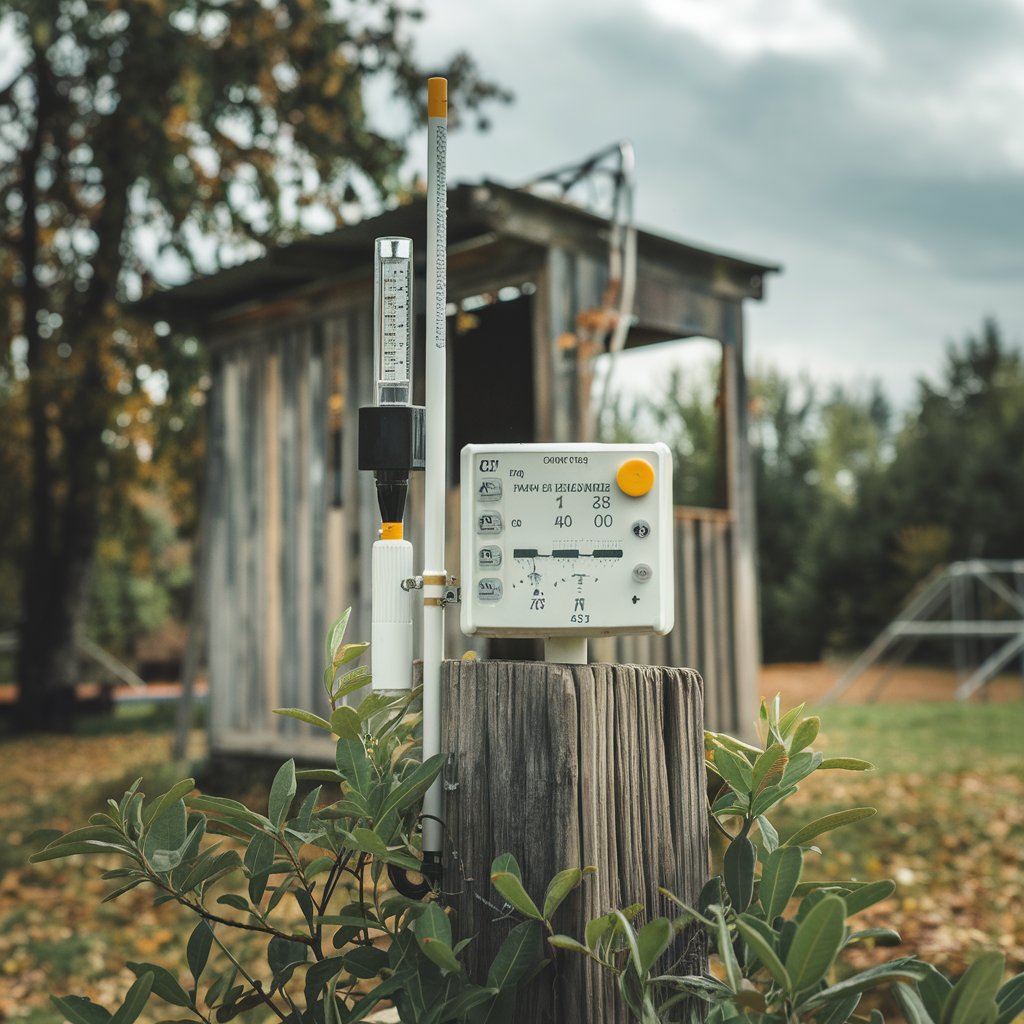The Current Trends in the Environmental Sensor Industry are shaping how we monitor and respond to environmental challenges. As technological advancements and increased awareness of ecological issues drive demand for innovative solutions, environmental sensors are becoming critical tools for tracking air and water quality, detecting pollutants, and supporting climate change research. This article explores the key trends influencing the environmental sensor market, highlighting their implications for sustainability and public health.
The environmental sensor industry is projected to grow from USD 1.8 billion in 2023 and is estimated to reach USD 3.0 billion by 2028; it is expected to grow at a Compound Annual Growth Rate (CAGR) of 11.0% from 2023 to 2028.
Current Trends in the Environmental Sensor Industry are :
1. Integration of Internet of Things (IoT) Technology
Overview
A significant trend in the Current Trends in the Environmental Sensor Industry is the integration of Internet of Things (IoT) technology. IoT-enabled sensors can communicate in real-time, allowing for continuous data collection and analysis.
Impact
- Real-Time Monitoring: IoT integration enables real-time tracking of environmental parameters like air quality, temperature, and humidity. For example, smart air quality sensors can instantly detect harmful pollutants and alert authorities, facilitating quick responses to hazardous conditions.
- Enhanced Data Accessibility: Cloud-based platforms allow remote access to sensor data, fostering collaboration among researchers, government agencies, and community organizations. This connectivity enhances collective efforts to address environmental issues effectively.
2. Miniaturization and Advanced Materials
Overview
Another key aspect of the Current Trends in the Environmental Sensor Industry is the miniaturization of sensors, driven by advancements in microelectromechanical systems (MEMS) technology and materials science.
Advantages
- Cost-Effectiveness: Smaller sensors are often cheaper to produce and deploy, making them accessible for various applications. This affordability encourages grassroots initiatives and community-driven monitoring projects.
- Diverse Applications: The compact size allows for wider deployment, leading to comprehensive data collection. For instance, a network of air quality sensors throughout a city can provide valuable insights into pollution hotspots.
Download PDF Brochure @
https://www.marketsandmarkets.com/pdfdownloadNew.asp?id=36880440

3. Advanced Data Analytics and Machine Learning
Overview
As the volume of data generated by environmental sensors increases, advanced data analytics and machine learning are becoming essential in the Current Trends in the Environmental Sensor Industry.
Applications
- Predictive Analytics: Machine learning algorithms can analyze historical and real-time data to identify patterns and predict future environmental conditions, helping cities prepare for pollution spikes.
- Enhanced Decision-Making: Advanced analytics tools offer intuitive visualizations, allowing stakeholders to interpret complex data easily. Interactive dashboards and GIS integration help decision-makers identify trends for effective environmental management.
4. Focus on Sustainability
Overview
The global push for sustainability is a defining trend in the Current Trends in the Environmental Sensor Industry. Companies are increasingly prioritizing eco-friendly practices in sensor development.
Innovations
- Energy-Efficient Designs: New environmental sensors are designed to be energy-efficient, often utilizing renewable energy sources like solar power. This innovation reduces electronic waste and promotes sustainability.
- Sustainable Materials: Manufacturers are exploring sustainable materials in sensor production, minimizing environmental impact and aligning with consumer preferences.
5. Smart City Initiatives
Overview
Smart city initiatives are reshaping the environmental sensor landscape, representing a key trend in the Current Trends in the Environmental Sensor Industry.
Features
- Integrated Monitoring Systems: Smart city projects are incorporating environmental sensors into urban infrastructure, enabling comprehensive monitoring of air quality, traffic, and waste management.
- Community Engagement: These initiatives promote greater community involvement by providing access to environmental data, encouraging awareness and environmentally friendly behaviors among residents.
6. Regulatory and Policy Support
Overview
Governments are increasingly recognizing the importance of environmental monitoring, leading to supportive policies—a trend that is becoming central in the Current Trends in the Environmental Sensor Industry.
Implications
- Funding and Grants: Governments are offering funding for projects focused on environmental monitoring and sustainability, promoting the development and deployment of advanced sensors.
- Standardization and Best Practices: Regulatory bodies are establishing standards for environmental sensors, ensuring data quality and reliability, which promotes consistent monitoring practices across regions.
The Current Trends in the Environmental Sensor Industry are driving significant advancements in how we monitor and manage environmental conditions. With a focus on IoT integration, miniaturization, advanced data analytics, sustainability, and smart city initiatives, the future of environmental sensor industry is poised for substantial growth. As demand for accurate, real-time data continues to rise, these trends will play a crucial role in addressing global challenges like climate change, pollution, and resource management. By embracing these trends, stakeholders can enhance efforts to create a healthier and more sustainable future for all.
